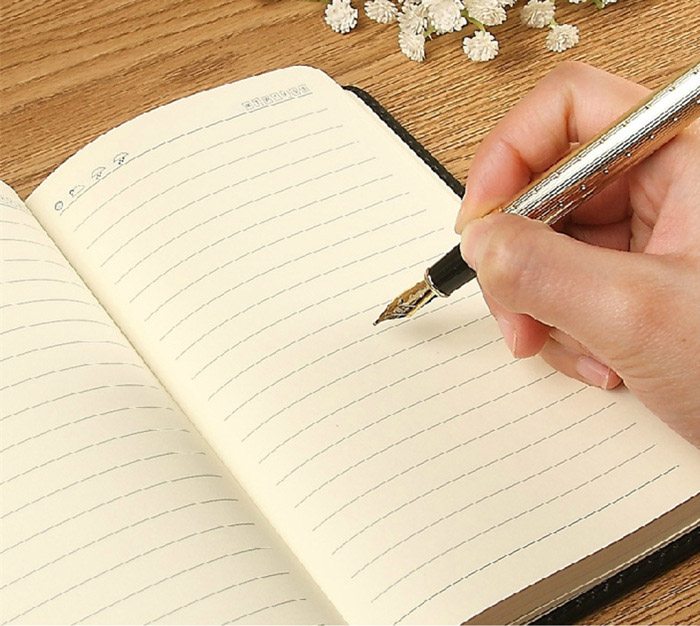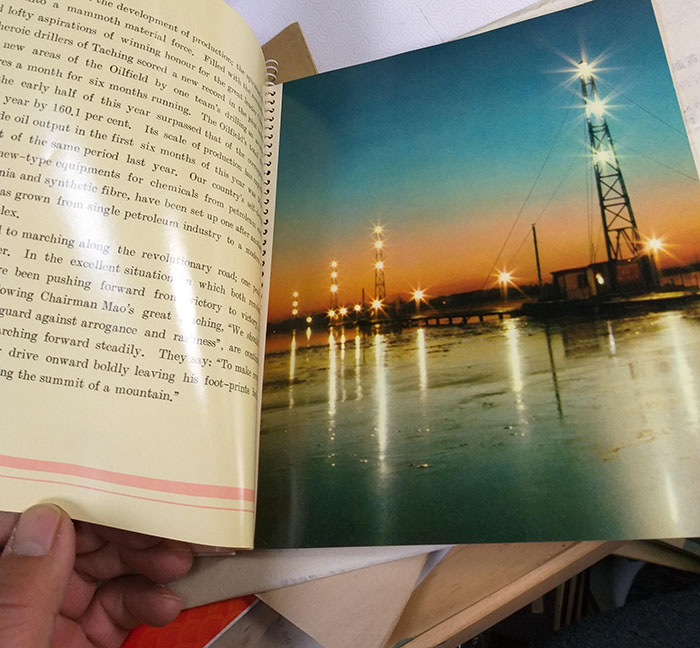When it comes to printing, it's important to choose the right type of paper for your project. There are many different types of paper available, each with its own unique qualities and characteristics. In this article, we will explore two popular types of printing paper: wood-free paper and bond paper. By understanding the differences between these two options, you can make an informed decision about which one is best for your next printing project.
What's wood-free paper?

Wood-free paper, also known as uncoated paper, is made from 100% chemical pulp. Unlike traditional paper, which is made from a mixture of chemical pulp and ground wood pulp (derived from trees). Wood-free paper is created using a chemical process that removes the lignin from the wood fibers. It has small stretch ability, uniform ink absorption, good smoothness, tight and opaque texture, and strong water resistance.
What's bond paper ?

Bond paper, on the other hand, is a type of coated paper that has been treated with a thin layer of clay or other substances to improve its surface properties. This coating gives bond paper a smooth, glossy finish that enhances the appearance of printed materials. Bond paper is often used for high-quality printing projects, such as brochures, catalogs, and business cards.
The application of wood-free paper
Wood-free paper is commonly used in a wide range of printing applications. Its rough surface and high-quality finish make it ideal for projects that require sharp and natural color printing, such as books, notebooks, and journals. Wood-free paper is also suitable for writing purposes. As it provides a rough writing surface that is resistant to smudging and bleeding.
Wood-free paper is a popular choice in China printing companies for notebook printing. The natural colors that can be achieved on wood-free paper make it perfect for writing and reading. Additionally, the durability and longevity of wood-free paper ensure that books can withstand frequent handling without showing signs of wear and tear.
The application of bond paper
Bond paper, with its glossy finish, is often used for high-end printing projects that require a professional look and feel. It is commonly used for printing marketing materials such as brochures, flyers, and business cards, catalogs. The glossy finish of bond paper enhances the colors and images, making them more vibrant and eye-catching.
Bond paper is widely used in China catalog printing and book printing. The glossy finish of bond paper adds a touch of sophistication to product catalogs, making them more visually appealing to potential customers. The high-quality printing that can be achieved on bond paper ensures that product images are sharp and clear, effectively showcasing the products being promoted.
The pros and cons of wood-free paper
Wood-free paper offers several advantages. Firstly, its uniform ink absorption, good smoothness result in high-quality printing with sharp and natural colors. This makes it suitable for a wide range of printing applications, from books to notebooks. Additionally, wood-free paper is more durable than wood-based paper, making it resistant to tearing and damage. It also has a longer lifespan, ensuring that printed materials remain in good condition for an extended period.
However, wood-free paper also has its limitations. It tends to be more expensive than wood-based paper due to the additional processing required to remove the lignin. Additionally, wood-free paper is not as absorbent as wood-based paper, which means it may take longer for ink to dry and may be more prone to smudging.
The pros and cons of bond paper
Bond paper has its own set of advantages. Its glossy finish enhances the appearance of printed materials, making them look more professional and polished. The smooth surface of bond paper also allows for high-quality printing with vibrant colors and sharp images. Additionally, bond paper is more resistant to moisture, making it less prone to smudging or bleeding.
On the downside, bond paper tends to be more expensive than wood-free paper. The coating process adds to the production cost, making it a pricier option for printing projects. Bond paper is also less durable than wood-free paper, as the coating can be more susceptible to scratches and damage.
Wood free paper vs bond paper: which is best for your project
Choosing between wood-free paper and bond paper depends on the specific requirements of your printing project. If you are looking for a paper that offers high-quality printing with sharp and natural colors, wood-free paper may be the better choice. Its durability and longevity make it suitable for projects that require frequent handling.
On the other hand, if you are aiming for a professional and polished look, bond paper with its glossy finish may be the more suitable option. Bond paper is ideal for projects that demand a high-end appearance and require vivid colors and sharp images.
In conclusion, both wood-free paper and bond paper have their own unique qualities and applications. Understanding the differences between these two types of printing paper will help you make an informed decision based on your specific project requirements. Whether you choose wood-free paper or bond paper, partnering with a reliable printing company in China will ensure that your printing project is executed with the utmost precision and quality.
Contact us today to discuss your printing needs and to get a quote for your next project.